FEST Grid
- FEST
- Products & Solutions
- FEST Grid
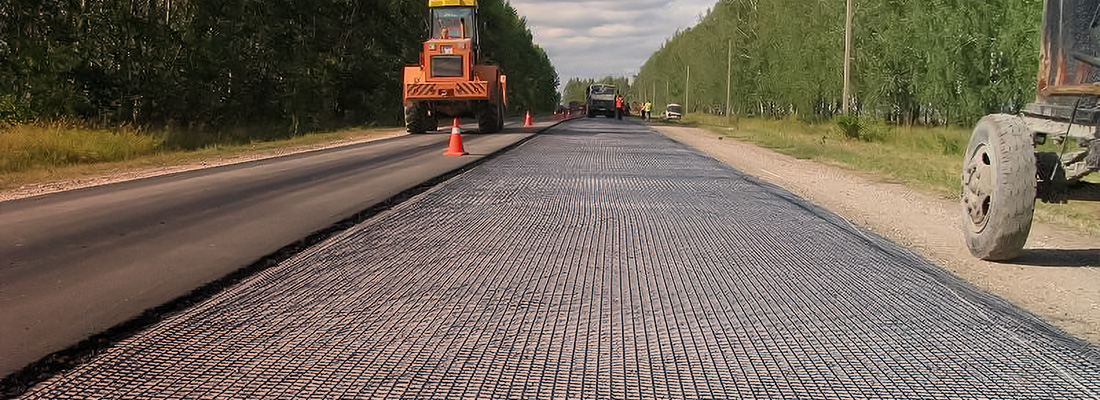
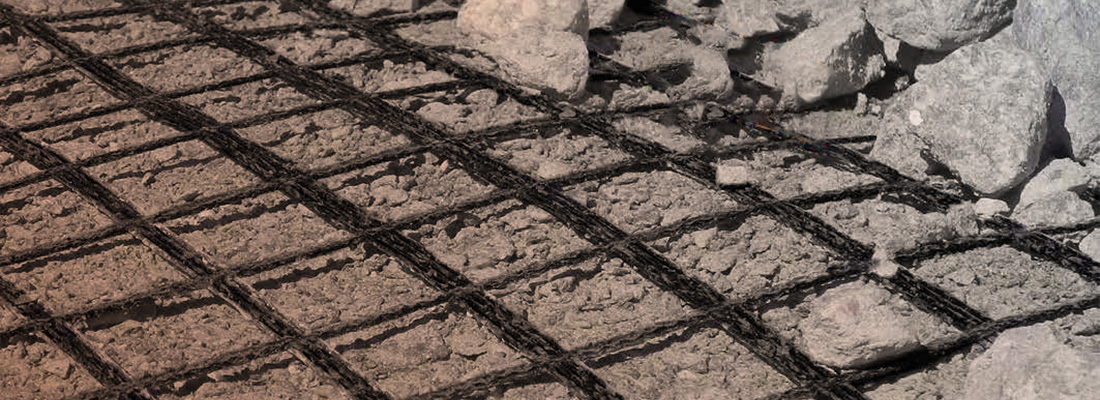
- Section Index
- Solutions
- Features
- Advantages
- Applications
Geogrid
Geogrids are polymeric products manufactured from polypropylene (PP), high density polyethylene (HDPE) or polyester (PET) through the process of extruding, punching, heating, longitudinal and transverse stretching, formed by joining intersecting ribs. They have large open spaces also known as “apertures”. Depend on the soil specification, the size of apertures would be different to make suitable interaction with soil.
Fest offers both uniaxial and biaxial geogrids manufactured from polypropylene and PVC coated polyester yarns. Our uniaxial geogrids are available in a range of tensile strengths and are suitable for applications which require strength in one direction. The biaxial geogrids are designed for applications where strength is required in two directions.
FEST-Grid
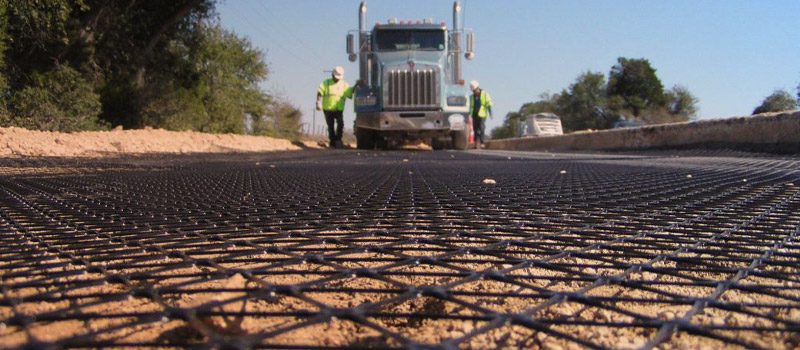
Solutions
- PP/HDPE Uniaxial Geogrid
- PP Biaxial Geogrid
- Fiberglass Geogrid
- Basalt Fiber Geogrid
- Polyester Geogrid
- Multiaxial Geogrid
- High-Strength
- Polyester Geogrid
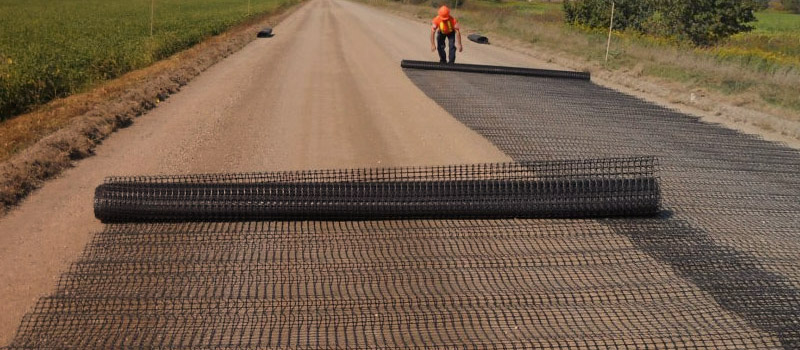
Features
- High tensile strength in warp and weft directions
- High tensile modulus
Low elongation
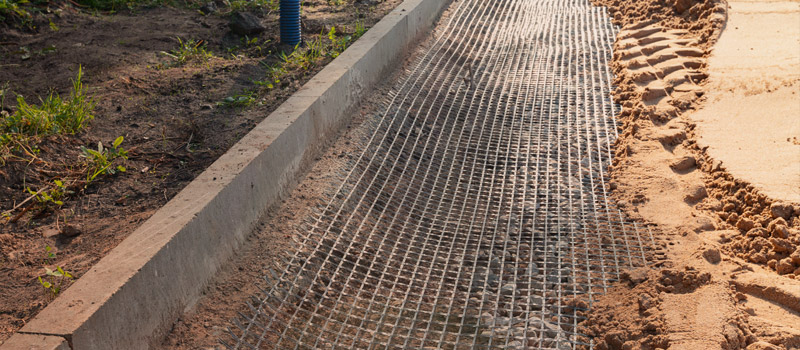
Advantages
- More economical compared to other types of retaining walls
- Effective bearing capacity in soft soil foundation
- Fast and easy implementation
Possibility of land reclamation in any topographic condition - Excellent performance and long service life
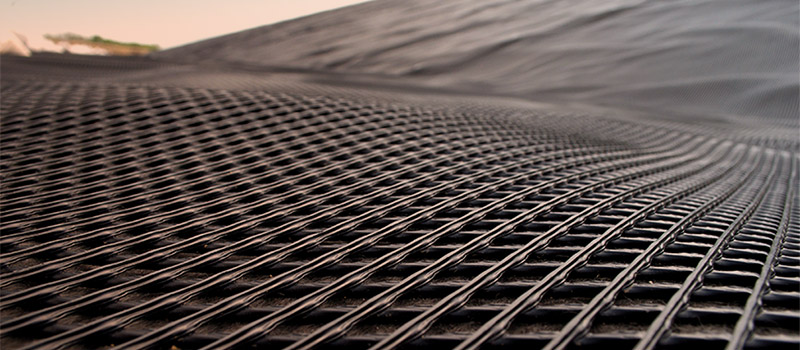
Applications
PP biaxial geogrid is mainly applied in strengthening soft ground of railway, highway, slope protecting projects, airfields, and foundation reinforcement of large area permanent bearing engineering fields. It can increase stability and loading capacity of fundus, prolong the project life. Our uniaxial geogrids are commonly used for reinforcing soil walls, steep slopes and basal reinforcement of embankments. Our biaxial geogrids are suitable for reinforcement of roads base and sub-base, ground stabilization and railway bed stabilization. Some other applications come in the following:
- Construction of reinforced soil retaining walls up to 90 degree with various faces
- Erosion control and increasing surface stability of slopes using 3D geogrid
- Increasing the bearing capacity of soft ground and reducing differential soil settlement in road, railway, storage tank projects, etc.
- Distributing the load uniformly across the piles
- Protecting sinkholes



